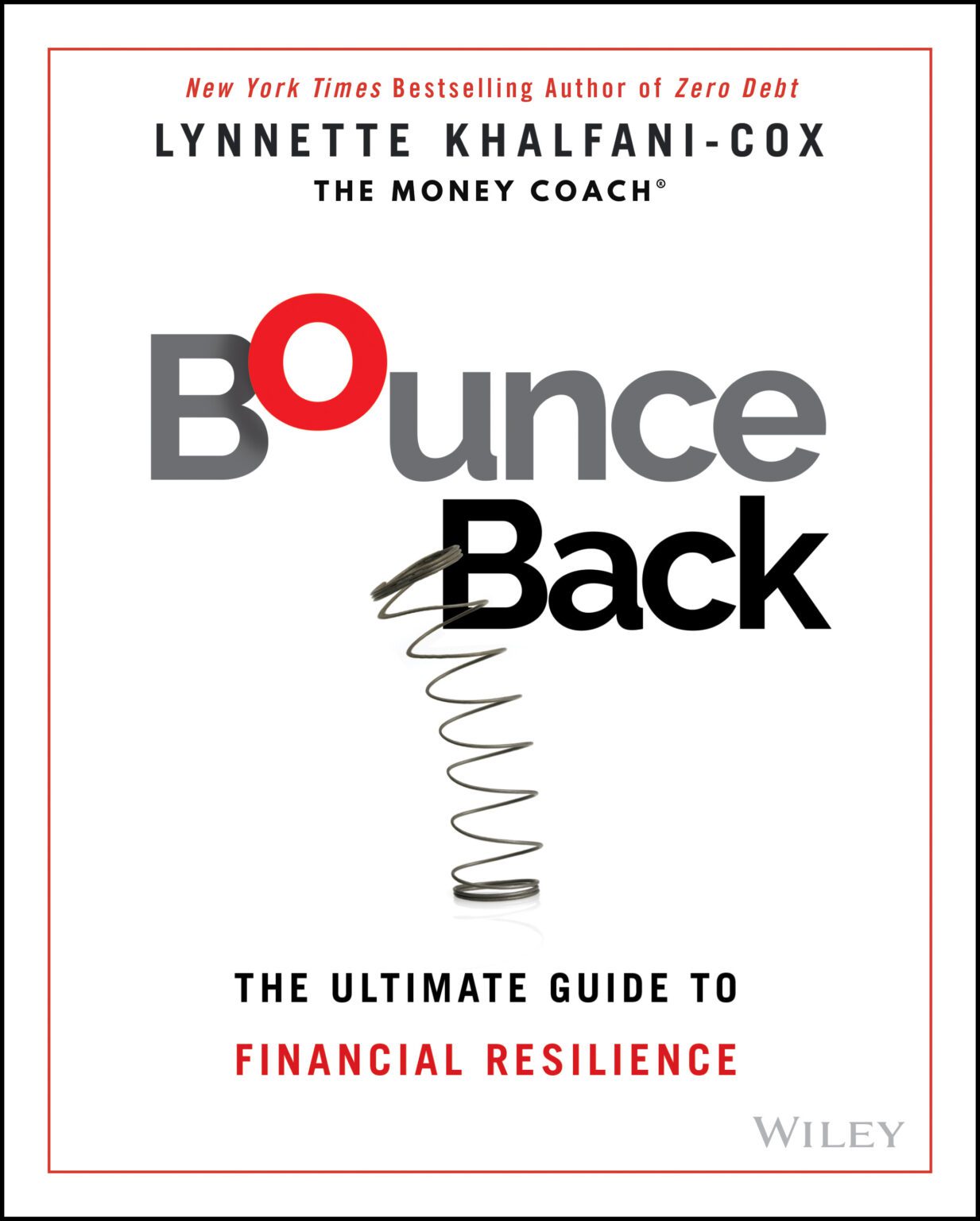Investing can be an overwhelming endeavor, especially for beginners. However, with the right knowledge and guidance, it can become an empowering tool for wealth creation. This comprehensive guide aims to simplify the process and equip beginners with the necessary information to kick start their investing journey.
Understanding Investing
Investing, in its simplest form, is the process of allocating money or resources with the expectation of generating income or profit in the future. It involves purchasing assets such as stocks, bonds, mutual funds, or real estate that have the potential to increase in value over time.
While investing carries a certain level of risk, it also offers the opportunity for substantial financial growth, especially when done consistently and strategically over a long period.
Importance of Investing
Investing is a critical component of financial planning. It serves as a vehicle for wealth accumulation, providing an avenue for your money to grow and multiply over time. By investing, you allow your money to work for you, potentially leading to financial independence and stability.
Moreover, investing can serve as a hedge against inflation. With the average inflation rate hovering around 2% per year, money kept in a regular savings account may lose its purchasing power over time. Investing in assets with returns that outpace inflation can help preserve and increase your wealth.
Setting Clear Investment Goals
Before you embark on your investing journey, it’s crucial to set clear and specific financial goals. Your investment goals could range from saving for retirement, purchasing a home, funding your child’s education, or building an emergency fund.
Being precise about your goals will help guide your investing decisions. Instead of vague objectives like “save for retirement”, set specific targets such as “accumulate $500,000 in my retirement fund by age 60”.
Determining Your Investment Budget
Determining how much to invest is a critical step in the investing process. Ideally, you should invest as much as you can afford without compromising your current lifestyle or financial security.
Start by evaluating your income and expenses, and set aside a portion of your earnings for investing. Remember, it’s not about the amount you start with but the consistency of investing over time.
Assessing Your Risk Tolerance
Risk tolerance is an important factor to consider when investing. It refers to the degree of variability in investment returns that an investor is willing to withstand.
Risk tolerance varies from person to person and is influenced by factors such as age, financial situation, investment goals, and personality. Understanding your risk tolerance will help guide your investment decisions and ensure you invest in assets that align with your comfort level and financial objectives.
Choosing the Right Investment Account
Once you’ve set your goals, determined your investment budget, and assessed your risk tolerance, the next step is to choose the right investment account. This could be a taxable brokerage account, an Individual Retirement Account (IRA), or an employer-sponsored retirement plan like a 401(k).
Each type of account has its own features, benefits, and tax implications, so it’s important to choose the one that best aligns with your investment goals and circumstances.
Learning About Investment Costs
Investing comes with certain costs, such as trading commissions, account fees, and investment management fees. It’s important to understand these costs as they can eat into your investment returns.
While some brokerages charge trading commissions, others offer commission-free trading. Some investment accounts also come with annual fees, while others do not. It’s crucial to research and understand these costs before you begin investing.
Picking the Right Investments
With your investment account set up and your budget determined, the next step is to pick the right investments. This is where your investment goals, risk tolerance, and time horizon come into play.
For beginners, it might be wise to start with low-risk investments such as index funds or ETFs. As you gain more experience and knowledge, you can gradually venture into higher-risk investments such as individual stocks or real estate.
Building a Diversified Portfolio
A diversified portfolio is one that includes a variety of investments from different asset classes such as stocks, bonds, and real estate. The goal of diversification is to spread risk and increase the potential for returns.
Building a diversified portfolio involves selecting investments that have different rates of return and risk levels. This way, if one investment performs poorly, the others may perform well, helping to balance out your overall portfolio performance.
Monitoring and Adjusting Your Investments
Investing is not a set-it-and-forget-it activity. It requires regular monitoring and adjustments to ensure it remains aligned with your financial goals and risk tolerance.
This might involve rebalancing your portfolio, which is the process of realigning the proportions of your investments to maintain your desired asset allocation. It could also involve selling investments that are not performing well and replacing them with better-performing ones.
Seeking Professional Advice
While it’s entirely possible to invest on your own, seeking professional advice can be beneficial, especially for beginners. Financial advisors and brokers can provide expert guidance, help you devise an effective investment strategy, and manage your portfolio on your behalf.
Investing for the Long Term
The key to successful investing is patience and discipline. It’s important to remember that investing is a long-term endeavor, and it’s normal to experience ups and downs along the way.
Remember, the goal of investing is not to get rich quickly but to build wealth gradually over time. So, stay the course, stick to your investment plan, and let the power of compounding do its magic.
Conclusion
Investing can be a powerful tool for wealth creation. While it can seem daunting at first, with the right knowledge and guidance, anyone can become a successful investor. Remember, the key to successful investing is setting clear goals, understanding your risk tolerance, choosing the right investment account, and building a diversified portfolio. So take the first step, start investing today, and watch your money grow over time. Happy investing!








